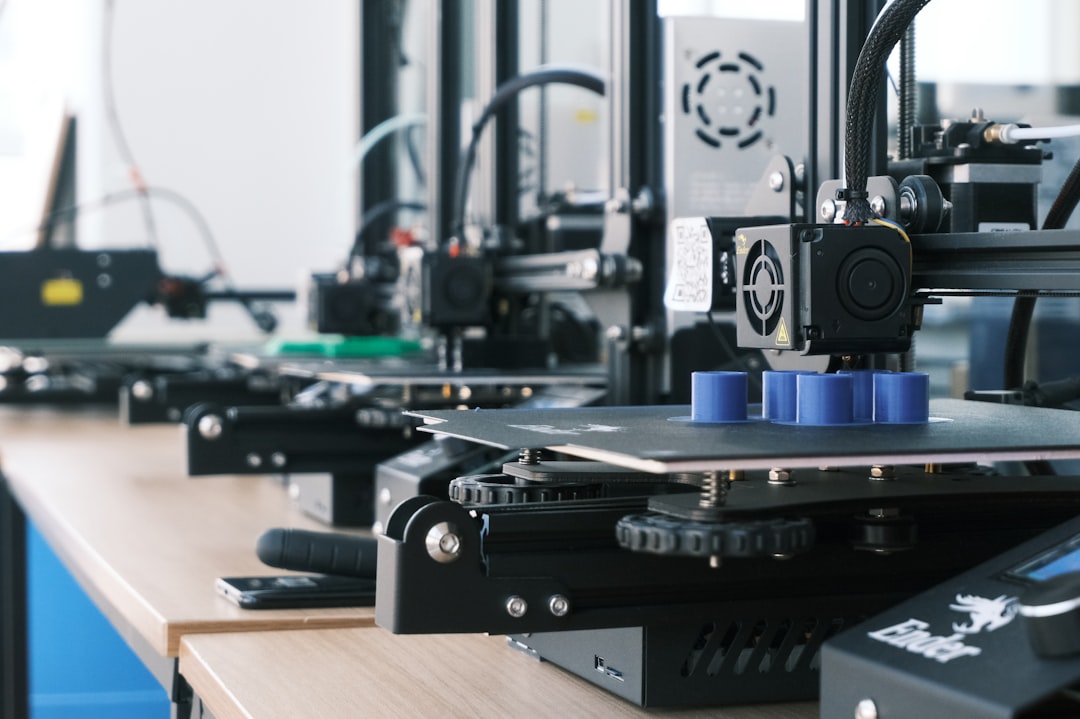What is it about?
Superconducting quantum coherent devices are an emergent technology with a promise to revolutionize many modern technological applications. One generally desired property of these devices is a long coherence time -- the ability to store information for extended periods of time. However, noise from the surrounding environment destroys coherence and ultimately limits the coherence of these devices. As these devices continue to find wider applications its important to be able to find simple and widely applicable methods to identify the noise limiting coherence. In this work we demonstrate that we can identify two types of noise simply by looking for specific patterns in the data that is obtained when placing the device in quantum superposition state.
Featured Image

Photo by Damon Lam on Unsplash
Why is it important?
We present a simple model that incorporates two types of random noise, random charge fluctuation (1/f noise) and sudden charge jumps (quasi-particle tunneling events). This is important because we demonstrate that what appears to be random curves are actually specific signatures which can be used to identify the type of noise. Moreover, we show that without taking the noise into account it may be the case that the actual coherence time of interest in quantum computing platforms might be underestimated if not accounted for. Finally, the methods presented might be applicable to other quantum coherent platforms.
Perspectives
I find the scientific process rewarding. Although sometimes we hit a home run and are able to discover a great deal relatively quickly, most of the time its solid scientific work from many scientist coming together which elucidates a particular effort. Today, we make a simple intuitive connection between the random curves observed and the underlying noise, but as always, more work remains!
Luis Martinez
Researcher
Read the Original
This page is a summary of: Noise-specific beating in the higher-level Ramsey curves of a transmon qubit, Applied Physics Letters, March 2023, American Institute of Physics,
DOI: 10.1063/5.0138811.
You can read the full text:
Contributors
The following have contributed to this page










